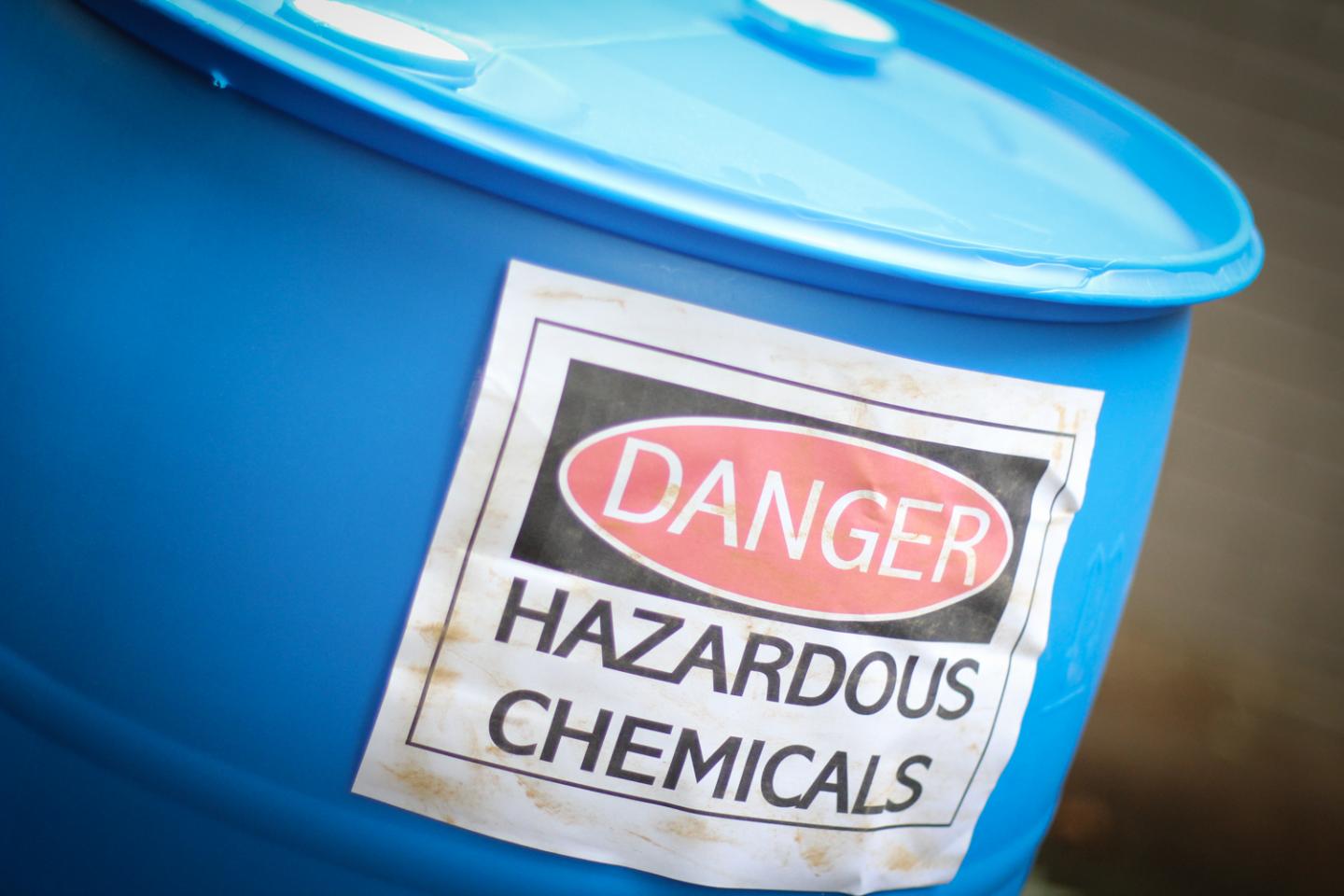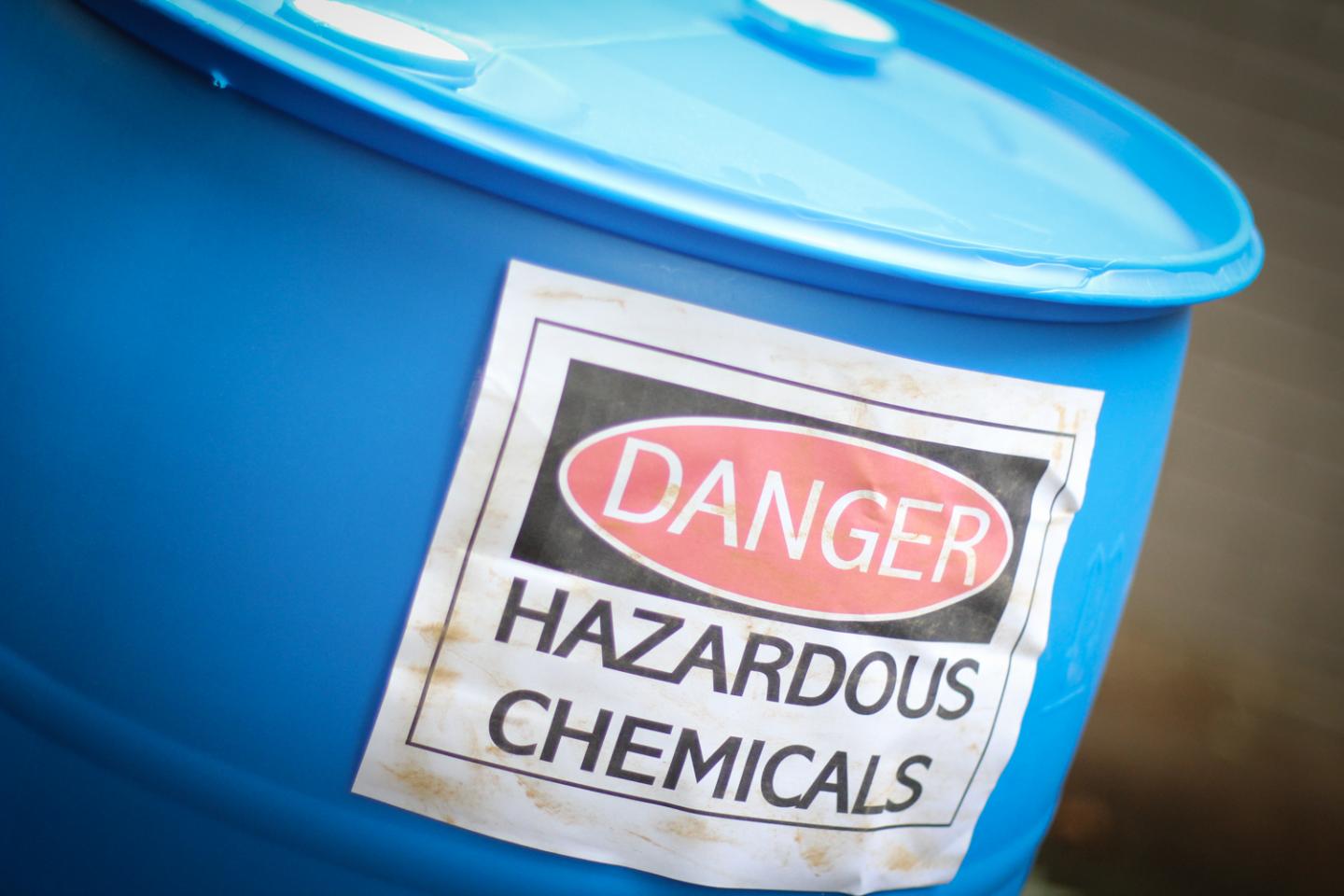
Credit: Georgia Tech
The annual federal report on toxic material emissions from industrial sites across the country gains widespread media attention and serves as a reminder of the potential environmental impacts of industrial activities.
But a team of researchers at the Georgia Institute of Technology wondered whether federal regulators can persuade companies to abandon toxic chemicals by simply highlighting that information.
The answer appears to be yes, according to a study they published May 17 in the journal Manufacturing & Service Operations Management. The researchers cross-referenced federal reports on emissions of toxic chemicals with another report that ranks the relative dangers of hundreds of chemicals.
"We found that by simply providing the information, governmental agencies can influence the actions of facilities and can encourage companies to reduce emissions at their facilities," said Basak Kalkanci, an assistant professor at Georgia Tech's Scheller College of Business.
Every two years, the Agency for Toxic Substances and Disease Registry publishes the Substance Priority List, which ranks 275 substances that are a threat to human health. The rankings take into account both the relative toxicity of the chemicals as well as how likely they are to come into contact with humans. Chemicals such as arsenic, lead and mercury top the list.
The researchers looked at data from 2003 to 2009 and studied whether changes in that list – such as a certain chemical moving up in the ranking – corresponded with subsequent reductions in emissions of that chemical reported to the Environmental Protection Agency's annual Toxics Release Inventory, which tracks the emissions of more than 20,000 facilities across the country. These emissions include releases into the air, water and land, as well as disposals offsite.
While the chemicals ranked near the top of the list change less frequently, the rankings of other hazardous chemicals rise or fall as public health officials reassess factors that relate to their potential to impact human health. The holders of more than 56,000 email accounts, many of which are tied to industrial facilities, are notified when a new rankings list is published.
In the data, a pattern emerged showing that after an increase in the assessed hazard levels of those chemicals was reported, facilities reduced emissions of individual hazardous chemicals by an additional 4 percent on average, compared to emissions of the chemicals that saw a decrease in their assessed hazard levels.
The researchers cautioned that while the study doesn't prove causality, there's clearly a link between changes in toxicity ratings of chemicals and the extent of their industrial use.
"We don't have visibility into the decision-making processes," said Ravi Subramanian, an associate professor at the Scheller College. "But we do observe how the rankings change from one list to the next and how that translates to a change in emissions at facilities that use the listed chemicals.
"In the paper we talk about the plausible reasons why facilities may take action. It has to do with the management of risks and liabilities, public perceptions, and pressures from non-governmental organizations, all of which may encourage these facilities to take action even if it's not required by law," he added.
The study underscores the power that governmental agencies may have, beyond new laws, to reduce toxic emissions.
"From a public policy standpoint, the study shows that sometimes a legislative process isn't necessary to bring about change," Subramanian said. "A legislative process can be time consuming, cumbersome, and contentious. Also, laws tend to be specific to individual chemicals. So one way to sidestep that is to just release the toxicity information to everyone and show which facilities are using the chemicals."
###
CITATION: Wayne Fu, Basak Kalkanci, and Ravi Subramanian, "Are Hazardous Substance Rankings Effective?," (Manufacturing & Service Operations Management, May 17 2018). http://dx.doi.org/10.1287/msom.2018.0710
Media Contact
Josh Brown
[email protected]
404-385-0500
@GeorgiaTech
http://www.gatech.edu
Original Source
http://www.rh.gatech.edu/news/606379/shining-light-toxic-chemicals-curbs-industrial-use http://dx.doi.org/10.1287/msom.2018.0710





